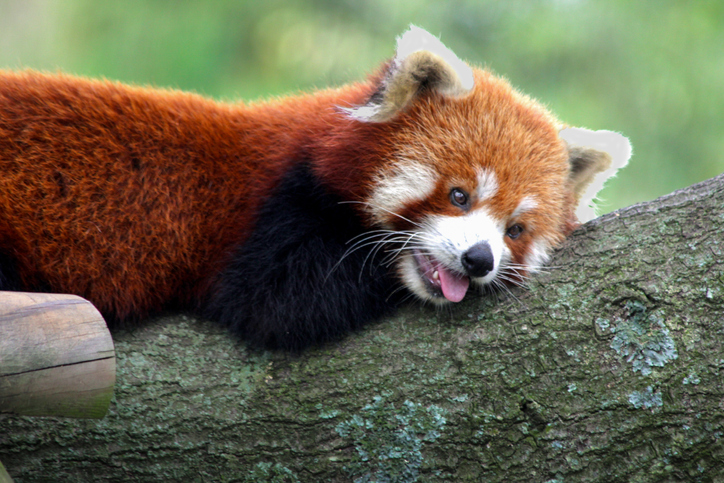AARP Hearing Center

One of Virginia’s treasures is the Virginia Zoo. On the third Wednesday of the month, AARP Virginia’s Virginia Treasures series spotlights key Virginia landmarks. The spotlight recently highlighted the Virginia Zoo in Norfolk.
The zoo’s focus is on livability, conservation, and education. Two members of the zoo’s education staff, Mary Beth and Ashley, introduced viewers to four of the zoo’s Animal Ambassadors, who help educate visitors about their conservation roles. Both Mary Beth and Ashley emphasized that the zoo works with all animals to assure the animals are comfortable in their role as ambassadors. No animal is forced to do anything the animal doesn’t want to do.
The first ambassador was a Madagascar Hissing Cockroach, which is native to the rainforest floor in Madagascar. The cockroaches eat decaying matter, not fresh plants, which helps clean up the rainforest. They have a series of small holes along their sides, and if they are in a defensive situation, they make a hissing sound through these holes. These cockroaches live about two to five years.
Magnum, a common boa, was our next ambassador. Boas come from the South American rainforest and eat small animals like mice, rats, and birds. Boas blend in with their habitat, with their upper scales providing camouflage while their bottom scales help them glide. A non-poisonous snake, boas contribute by controlling rodents. While Magnum is about 7.5 feet in length, boas can grow to be as long as 12 feet.
The next ambassador was Fang, a bearded dragon. This lizard is native to the Australian desert, where it eats insects and plants, contributing to the habitat by distributing seeds. They retain water well, so the desert is a perfect habitat. If threatened, bearded dragons puff out their chins and wave their heads to try to ward off predators.
The final ambassador was Big Red, a macaw or green-winged parrot. Native to South America, macaws live in the rain forest canopy where their bright colors blend in. They eat fruit, vegetables, seeds, and nuts, and help to replant seeds. Big Red is about 30 years old, and macaws can live to 60 to 80 years. These birds are highly intelligent and require enrichment and stimulation.
The zoo staff works closely with their education animals, so they recognize their keepers and get used to them. They know that animals, especially mammals and birds, need interaction from keepers.
For more information about the Virginia Zoo in Norfolk, visit their website. The next Virginia Treasures program will feature the Virginia Aquarium and Marine Science Center on June 16, 2021.































































